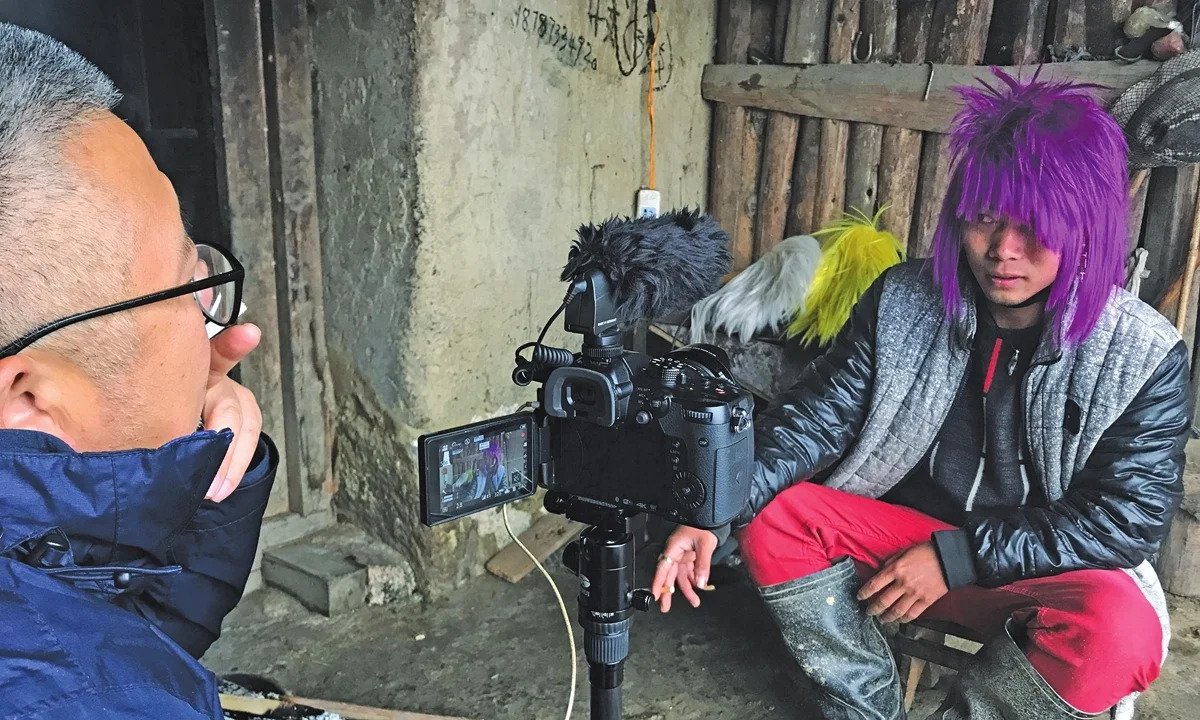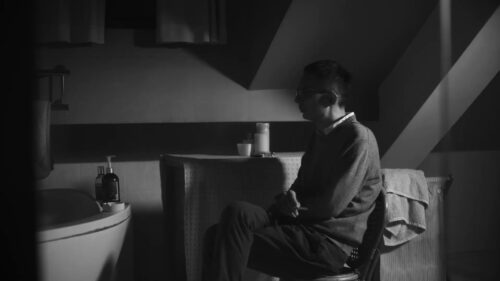‘We Were Smart’: China’s controversial subculture tells its story
A decade ago, the "shamate" subculture ran wild in China, defined by young rural migrants sporting eye-catching fashion and colorful hair. A film by Li Yifan looks back at this underclass.

For a time in the 2010s, they were a constant punchline. The media hated them, smearing them as troublesome and vulgar. The internet ridiculed and trolled them, with some netizens infiltrating and destroying their QQ groups. Their sole offense was to be shāmǎtè 杀马特, or “SMART,” as their members came to be known. Whether they were online or (less frequently) on the street, shamate kids were easy to spot. The subculture was distinguished by its eye-catching fashion, reminiscent of goth, punk, and Japanese visual kei, with colorful and extravagant hairstyles. The group might not have been respectable, but as director Lǐ Yīfán’s 李一凡 documentary We Were Smart (杀马特我爱你 shāmǎtè wǒ ài nǐ) demonstrates, it was once an integral part of the lives of many young working-class Chinese.
To tell the story of such a shunned subculture, Li keeps a narrative to a minimum and lets the shamate speak for themselves. For his film, Li interviewed former and current members across China, and collected 915 videos shot by shamate on their phones. Some of the interviewees still proudly bear red and purple hair, others dress plainly or show only a hint of their past with a tattoo or tinge of dyed hair. Their online screen names hover above text about their locations and jobs, a nod to the importance the internet played in the shamate community. From the first couple of interviews, we learn that the typical shamate was born in the countryside in the 1990s. They dropped out of school in their early teens, leaving their villages to find work in the cities.
Lured by money and the impression of independence, many of the migrants were instead left alienated and exploited. The factories that would employ these underaged workers were noisy, dangerous, and frequently unfair. Their bosses forced overtime, keeping them up from one morning to the next, cheating them on their wages and threatening them if they tried to leave. They were fined for mistakes. Bathrooms had guards placed in front of them. One man recalls to the camera that “It was wild out there. A couple of us felt like we weren’t safe out there. Some of us were too honest. Afraid of being messed with. So we changed our hair.”
Sporting high, stylized hair and unusual clothes made these lonely teens intimidating. In the anonymity of the big city, in the crowded and dehumanizing factories, the style was also a means of self-expression. Sure, most of the attention they attracted wasn’t positive, but for many shamate, it was affirmative to simply be noticed. They found solidarity with others online, or made friends by going to places like the Shipai Roller Skating Rink, a shamate hotspot in Guangzhou. By your haircut, a shamate could tell whether you’d click or not. In fact, hair was such an essential value that even rival shamate gangs wouldn’t dare to mess with a rival’s hairdo.
Being shamate wasn’t just obsessing over your blue mohawk though. Listening to their stories, it’s striking how many were abandoned by their families, or mistreated by employers or strangers. For the participants in the film, shamate was empowering, a community where they could finally find love and support. By 2010, however, the mainstream had taken to the shamate refuge of the web to ridicule them. Shamate kids were bullied, threatened, and physically beaten on the street. The latter half of the film charts this backlash, leading to the group’s evolution and decline. With its newfound notoriety, and an influx of enemies and posers in online groups, there are arguments about who’s shamate and who’s not. Hair, naturally, is an especially divisive issue. Are you shamate if your hair reaches the ceiling, but stays black so you can keep a job? Should wigs be an acceptable alternative?
We Were Smart is certainly nostalgic about the subculture it so thoroughly documents. The interviewees smile and laugh over glory days that were only a decade ago, a few of them admitting they’ve tried to recapture that same special feeling to no avail. Yet the film doesn’t shrink back from the darker side of the group, graphically showing pictures of the self-harm prevalent among some members. The miserable environment in the background isn’t glossed over, either. Director Li’s collection of phone videos capture the monotony of life in the factories, detailing everything from bloody accidents to shrieking bosses to endless clips of workers assembling, hammering, painting, spinning, and tossing away bits and parts of consumer goods.
As a story about a specific subculture in a specific moment and place, We Were Smart might sound niche, but it has a lot more to offer than a time capsule. It takes a hard look at the economic and social problems that forged the movement in the first place, highlighting how little appreciated and protected rural-to-urban migrants really are. As a piece of social criticism, it’s a fascinating account of an unfairly hounded community, told in their own voices, amplifying the experiences of a population that’s been exploited and ignored in an industrial boom they’ve helped to make.
We Were Smart is available to watch for free on Montage until February 7th.






